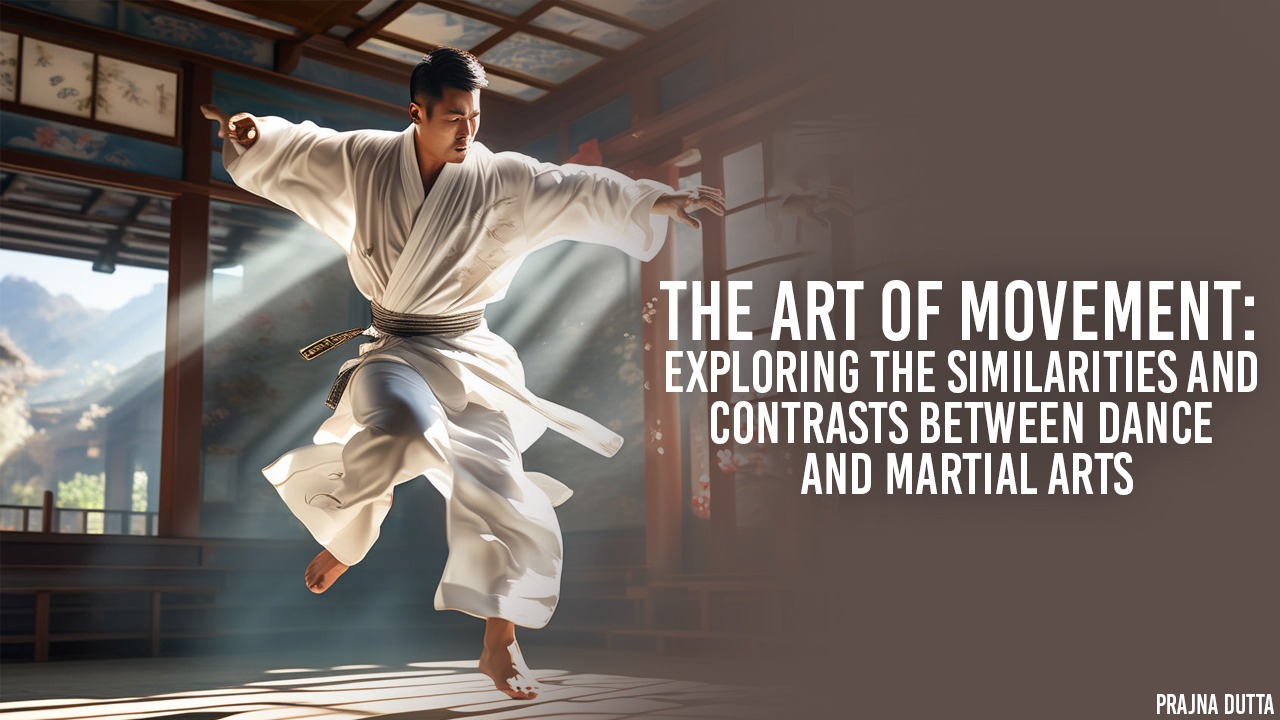Introduction:
Dance and martial arts are two distinct forms of physical expression that have captivated people for centuries. While they may seem worlds apart in terms of purpose and presentation, a closer look reveals intriguing similarities and contrasts that shed light on the beauty and power of human movement. In this blog, we will delve into the realms of dance and martial arts to explore their shared traits and unique qualities.
Similarities:
1. Discipline and dedication: Both dance and martial arts require rigorous training, discipline, and dedication to master the intricate movements and techniques involved. Practitioners of both disciplines spend hours honing their skills and perfecting their craft.
2. Physical fitness: Engaging in dance or martial arts leads to enhanced physical fitness, strength, flexibility, and stamina. Both activities offer a full-body workout that improves cardiovascular health, muscle tone, and overall well-being.
3. Focus and concentration: Whether performing a complex dance routine or executing precise martial arts techniques, practitioners must maintain focus and concentration to achieve optimal results. Both disciplines demand mental clarity and presence of mind.
4. Creative expression: Dance and martial arts provide opportunities for creative expression and self-discovery. Through movement, individuals can convey emotions, tell stories, and express their innermost thoughts in a unique and captivating manner.
5. Cultural significance: Both dance and martial arts have deep-rooted cultural significance and historical traditions associated with them. They serve as a means of preserving heritage, passing down knowledge from generation to generation, and fostering a sense of community and belonging.
Contrasts:
1. Purpose: While dance is primarily focused on artistic expression, storytelling, and entertainment, martial arts are rooted in self-defense, combat techniques, and personal protection. Dance aims to evoke emotions and inspire audiences, whereas martial arts aim to develop practical skills for combat situations.
2. Movement style: Dance emphasizes fluidity, grace, and aesthetic appeal, often incorporating intricate footwork, gestures, and expressions. In contrast, martial arts focus on efficiency, power, and precision, with movements designed for practical application in combat scenarios.
3. Performance vs. combat: Dancers showcase their skills on stage or in a performance setting, aiming to captivate audiences with their artistry and creativity. In contrast, martial artists train for self-defense or combat situations, where the focus is on practical application and effectiveness rather than entertainment value.
4. Costuming and attire: Dancers often wear elaborate costumes and attire that complement the theme or style of their performance, enhancing the visual appeal of their movements. Martial artists, on the other hand, typically wear uniforms or traditional attire that are designed for ease of movement and practicality during training and combat.
Conclusion:
Dance and martial arts are two rich and diverse forms of physical expression that offer practitioners a unique outlet for creativity, self-improvement, and personal growth. While they may differ in purpose, movement style, and presentation, both disciplines share common ground in terms of discipline, dedication, physical fitness, focus, and cultural significance. Whether you are drawn to the expressive artistry of dance or the practicality of martial arts, both offer valuable lessons and experiences that can enrich your life and deepen your understanding of the art of movement.

UVCXaihWP
UVCXaihWP